1. Recognized too late?
In 2005, Agfaphoto was liquidated. The same fate befell Kodak, even though they had introduced a digital camera to the market as early as 1989. Agfaphoto did not ignore digital technology. The danger was recognized but action was not taken in time!
The speed of change was dramatically underestimated.
Nokia was a leader in mobile phones – then came smartphone technology. Despite the famous “Burning Platform Memo” to the team, Apple became unstoppable.
The Quelle catalog was replaced by Amazon. Schickedanz department store ended in 2009 with bankruptcy.
BMW launched the i3 long before Tesla. Initially, Tesla was mocked – today, Munich is estimated to be 10 years behind Tesla. The Porsche Taycan still cannot perform Over-the-Air updates (OTA).
Husqvarna and Stihl are currently lagging behind with their wired robotic lawnmowers compared to wireless ones: a gap of at least 3 years.
Timely action requires timely recognition.
TECHNOLOGYSTRATEGY.


2. Like the pilot ahead of the radar.
On the screen, you see 2 axes, a center surrounded by concentric circles. Points are scattered everywhere. Some of them do not move, some move slowly, and others move quickly. Some fly past us, one is coming DIRECTLY AT US!
We – that’s the center.
Imagine, this is YOUR technology radar.
The agricultural machinery manufacturer CLASS has used this systematic approach to identify all relevant technologies and tracks their progress like air traffic controllers monitor airspace. At 40 tons and 4 meters tall, the combine harvester reached legal limits. Further productivity leaps could only be achieved through electronic networking. At some point, a decision was made. With the founding of CLAAS E-Systems, the transition from traditional steel and iron machinery to mechatronics began.
New technology expertise was built.
TECHNOLOGYSTRATEGY.
3. Mastering the tools of the trade.
It’s not about jumping on every trend, following every fashion, or being part of every hype. Someone who can do everything can’t do anything right.
The art of strategy lies in restraint.
The larger the company, the greater the likelihood that the critical technology knowledge and its relevance are already within the organization. However, decisions are made at the top – by the CTO.
The question is how to get that knowledge there? In a form that allows the right decision to be made at the right moment.
A CTO needs overview, criteria, and evaluations. Ideally, condensed to one aggregation level.
The Technology Radar provides an overview of all technologies that are short-term, medium-term, and long-term interesting.
The transition to the company’s own Technology Portfolio evaluates these technologies and condenses them to the relevant ones.
The Technology Roadmap sets temporal goals. When should which Technology Readiness Level be achieved?
Now it’s about staying on track and implementing things.
TECHNOLOGYSTRATEGY.


4. Ruthlessly prioritize.
Industrial technology development is not research. That belongs in universities.
Technology development is based on research findings and evaluates adaptability to our core competencies.
We are at the forefront of the product development process funnel. The funnel is still wide open here.
We are investigating several things simultaneously. It’s like being in a circus ring: we want to keep all the plates spinning so none fall down.
The three key practices for successful technology management:
1. Prioritize, 2. Prioritize, 3. Prioritize.
TECHNOLOGYSTRATEGY.
5. The better beats the good!
What did Agfa, Kodak, Nokia, Ericsson do wrong? They held onto the old for too long. The existing technology still offers so many optimization possibilities that it’s hard to let go. Besides, we are familiar with it – it’s much clearer what needs to be done. “And besides, we need to make money now!”
This is the trap of fatalism! (fatalis=fate; knowingly heading towards ruin).
A proper reset is best done when regularly viewing things from a distance.
In the Technology Council, we review the status of technology projects every 3 months. Each project must reapply with the same criteria. Our capacity is smaller than the number of ideas. We draw a line in ranking. Only projects above this line receive renewed budget and a clear goal for the next 3 months.
The better beats the good!
TECHNOLOGYSTRATEGY.

Self-Assessment Workshop

Improvement Potential

Assessing TECHNOLOGYSTRATEGY Potential.
1. Current State Analysis.
– First, we want to understand your current situation.
2. Self-Assessment-Workshop.
– In the self-assessment workshop, we will show you best practices.
3. Action Plan.
– Based on this, you assess your need for action.
4. Improvement Potential.
– We estimate the quantitative improvement potential.
5. Vision.
– Together, we define a vision.
6. Implementation Plan.
– We establish an implementation plan.
We estimate your R&D performance.
The R&D Performance Self-Assessment.
In a 3-hour workshop with the R&D leadership team, you will learn about our methodology:
Part 1: Self-assessment of R&D EBIT cost potentials.
Part 2: Maturity level of the organization across 5 levers.
Part 3: Result interpretation.
By narrowing down through scenarios, it quickly becomes clear whether an initiative is worthwhile.

